15 Fun Robin Hood Facts – Was Robin Hood Real?
It’s a great history mystery – was Robin Hood a real person? Find out with these fifteen fascinating facts!
You’ve definitely heard of Robin Hood – the Prince of Thieves, the king of the forest, he’s an iconic outlaw for the ages! The facts about Robin Hood are well known to everyone – he lived in Sherwood Forest, Maid Marian was his best gal, he led the Merry Men, and he stole from the rich and gave to the poor. But how much of the story is real – like, actual historical fact? Do you know where he really lived, or who Marian was, or how many Merry Men there were – or if Robin was even a real person? You’re about to find out with these fifteen fantastic facts! And if you need more history when you’re done – we’ve got it! Find out all about the Tudors, the Victorians, and the good ship Titanic!
1. He lived in Sherwood Forest…maybe

You’ve probably heard that Robin Hood lives in Sherwood Forest, which is in Nottinghamshire. Early ballads talk about Robin living here, and the Lincolnshire Cathedral Manuscript contains a very clear reference to this from about 1420: “Robyn hode in scherewode stod” (that’s old-timey for “Robin Hood in Sherwood Stood”). That seems like proof, right? Well, it’s actually a song, which could be about a fictional character just as much as a real one. Another thing to remember is that Sherwood Forest was HUGE – about 100,000 acres, and it wasn’t all trees. The word “forest” just meant an area where the king could hunt, so it would have also included meadows and villages. There are also references to Robin in a lot of different places, from Kent to Yorkshire and even Scotland!
2. He wore green

Robin Hood is usually shown wearing a green tunic and a green hat, often with a red feather. This may have come from a 1510 poem called A Lytell Geste of Robyn Hode, wher Robin and his men are described as wearing “Lincoln Green.” Lincoln green is a type of dyed fabric that was made in the cloth-making town of Lincoln, England. The colour might have helped Robin and his merry men blend into the woods!
3. His biggest enemy was the Sheriff of Nottingham

Robin famously fights the Sheriff of Nottingham, a greedy tyrant who mistreats the people of Nottinghamshire. Being the Sheriff of Nottingham is a job, and the title in real life was actually the High Sheriff of Nottinghamshire, Derbyshire and the Royal Forests. It was later split into smaller districts, and the High Sheriff of Nottinghamshire is still a job today! It’s not clear who Robin’s enemy is historically, because there was no Sheriff of Nottingham at the time Robin Hood was said to live.
4. Maid Marian is not what she seems…
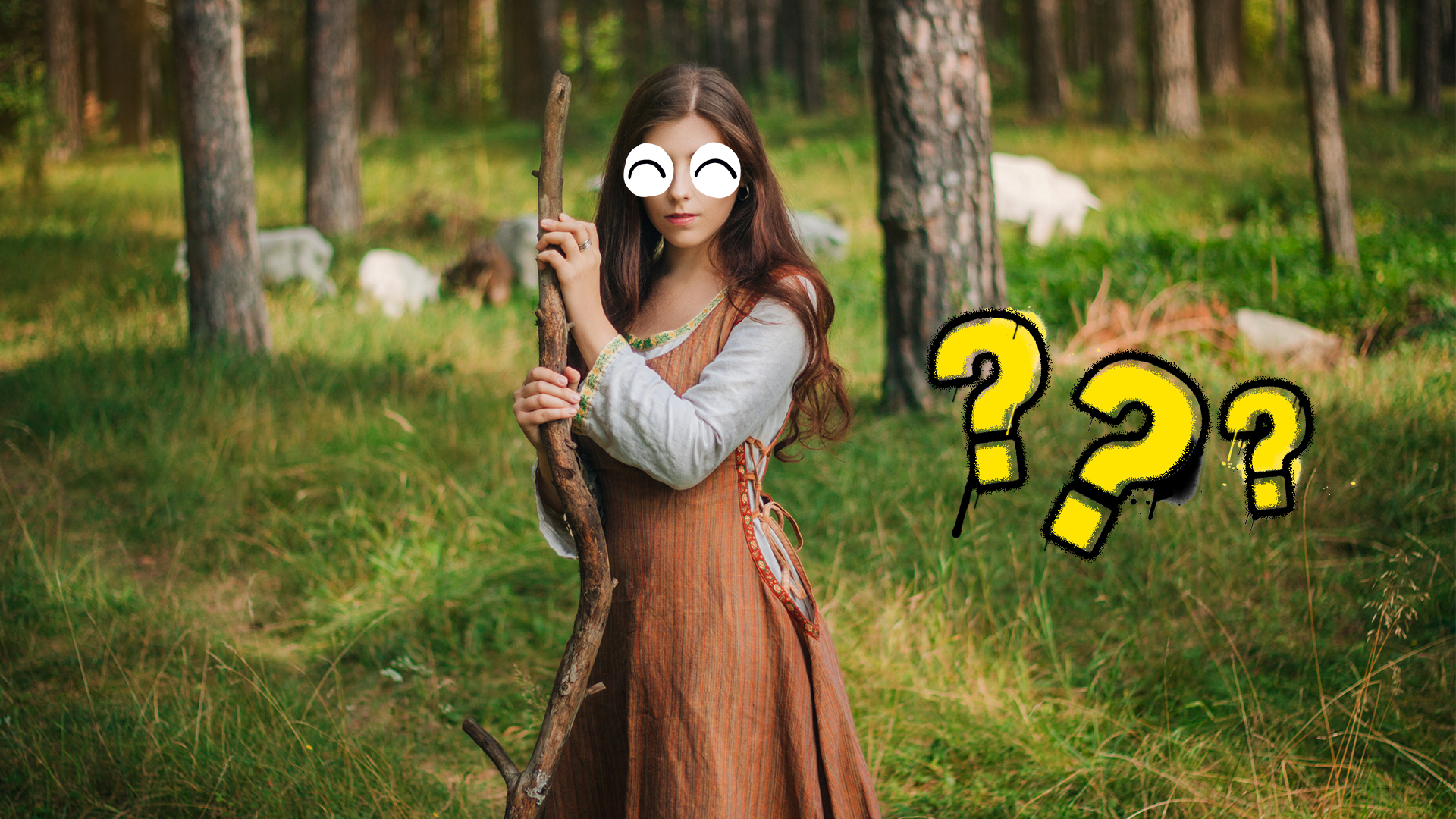
Famously Robin Hood is in love with Maid Marian – but she never actually appears in any of the early Robin Hood ballads! She actually made her first appearance in May Day festivities in the sixteenth century, which was when everyone threw a big festival on May 1st to celebrate the approach of summer. She might have actually been a representation of Mary, the mother of Jesus Christ. Robin Hood was also celebrated in these festivities, and eventually Marian made her way into the stories.
5. He had a LOT of followers

Robin’s loyal band of followers are of course the Merry Men. In earlier versions of the legend there are only three: Little John (who is usually portrayed as very large), Much the Miller’s Son, and Will Scarlett. Later stories brought in other famous characters like Friar Tuck and Alan-a-Dale, as well as countless others – some versions say there are “seven score” men in the band, which is 140!
6. He stole from the rich and gave to the poor… or did he?
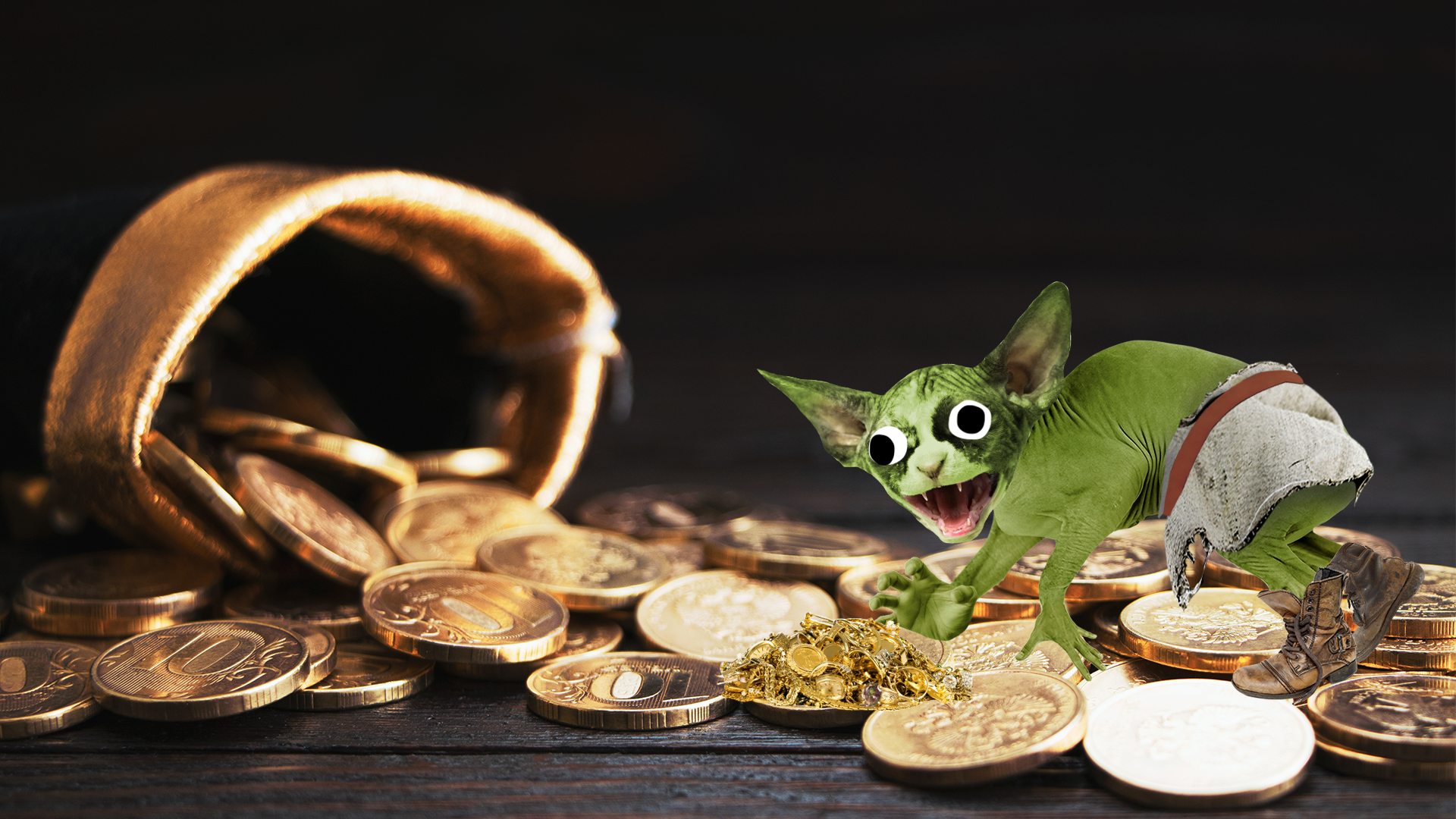
Famously Robin only steals from the rich, and resdistributes the wealth to the peasants suffering from the Sheriff’s cruel taxes. This isn’t mentioned in the original ballads, but it’s actually what made the stories so popular among the peasants – while they were worked to the bone and taxed heavily, it was nice to imagine a hero who would help them out and who lived the carefree life of an outlaw.
7. He was actually quite well off
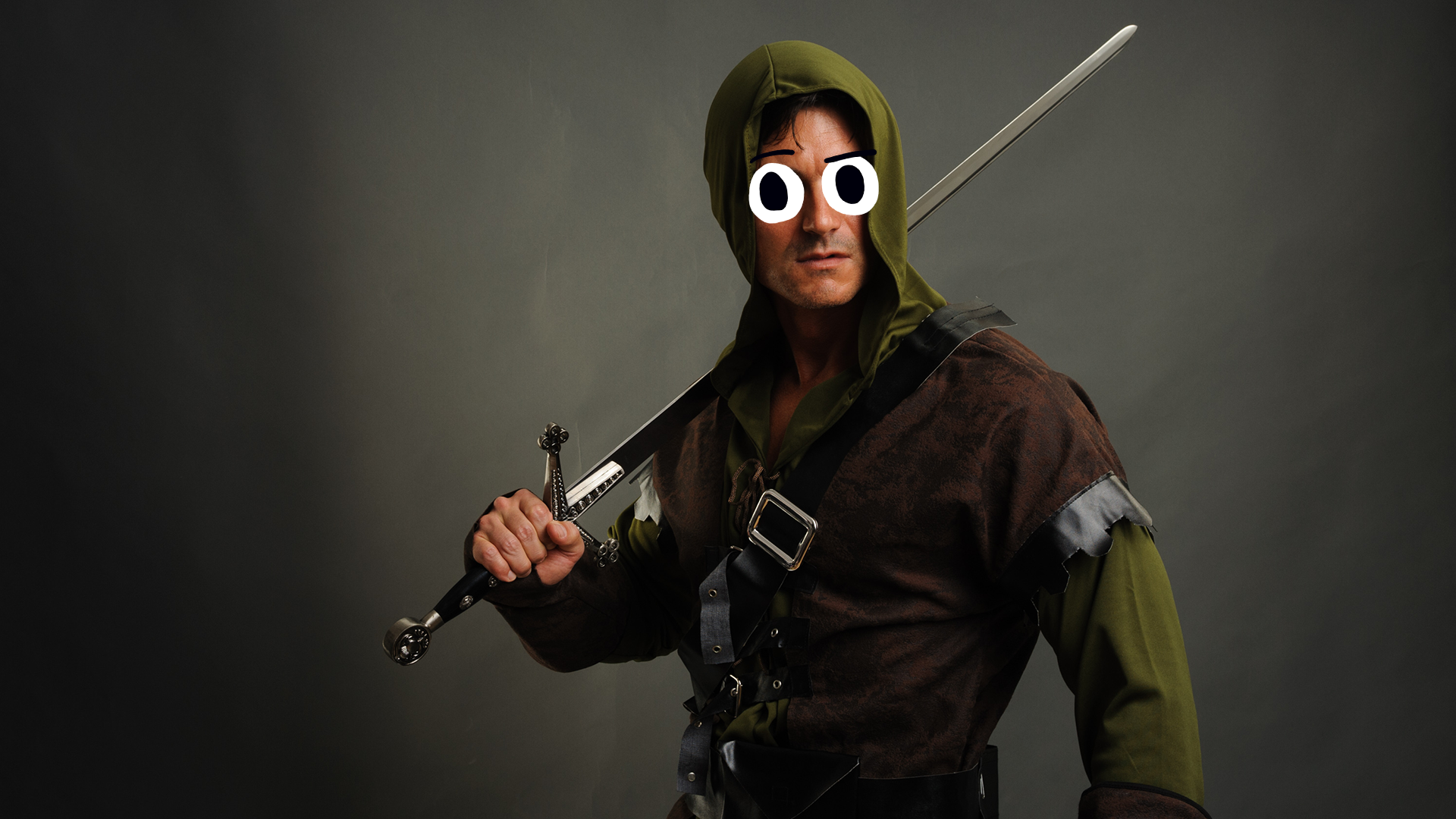
The ballads and myths identify Robin as a “yeoman”. These are lesser landowners who are above peasants but below knights status-wise. So, essentially Robin was middle-class.
8. His relationship with the King was unclear

Prince John is usually the villain in Robin Hood stories, with the Sheriff of Nottingham and Guy of Gisborne as his evil henchmen. The true king, Richard I (also known as Richard the Lionheart) is away fighting in the Crusades, and Robin remains loyal to him – or does he? Richard I was actually quite an unpopular king, so some versions have him as Robin’s enemy too!
9. His merry men were diverse

Several modern adaptations add a Merry Man who is Moorish (an old-fashioned term for North African and Middle Eastern people) or a Saracen (an old-fashioned word for Muslim). This might have some historical legitimacy – after all, England has been trading with other countries for centuries, and people of colour have been present in Britain since the Roman Empire. Why not add some more characters to the legend?
10. He was very religious
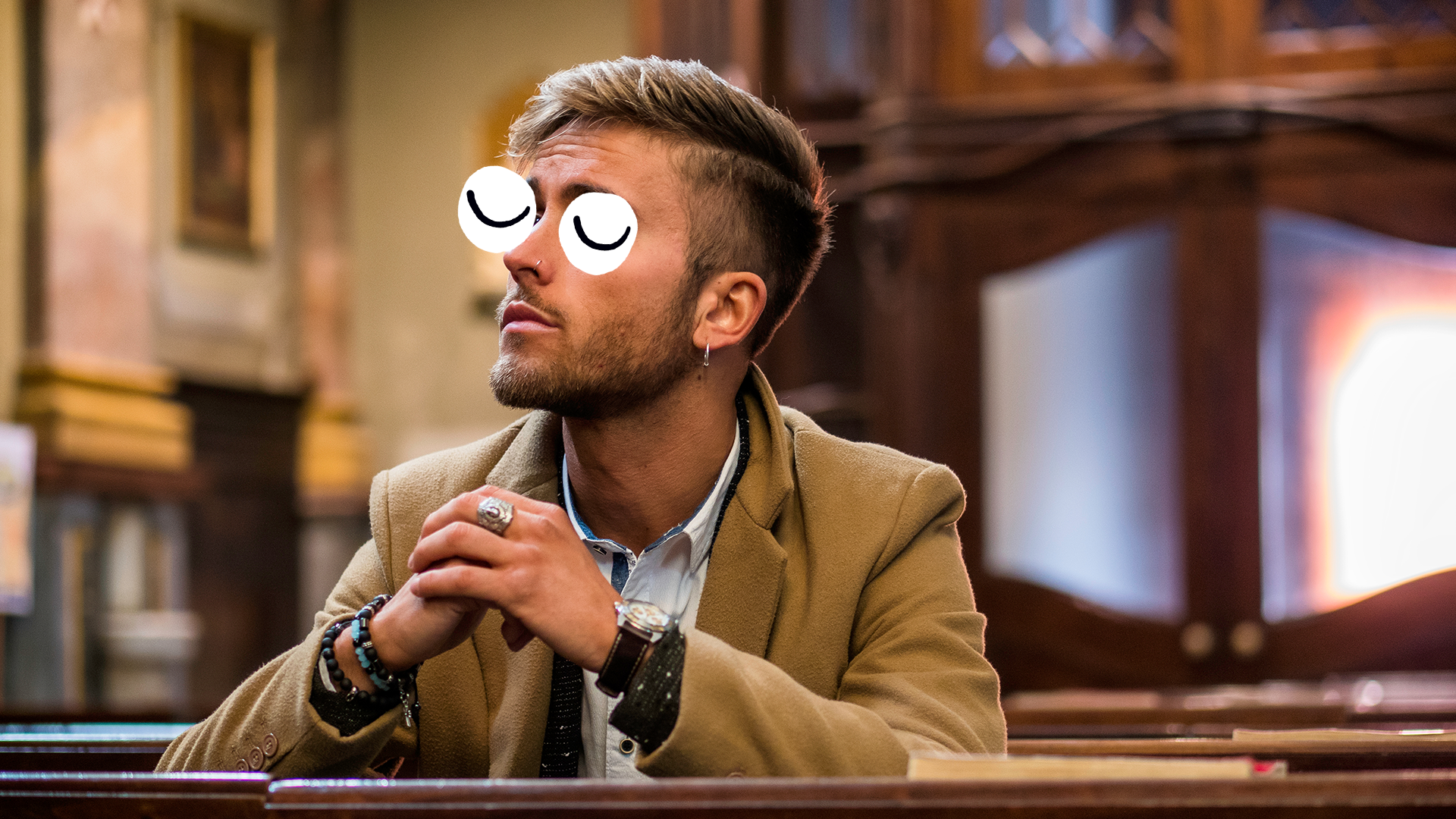
One part of Robin’s character that is sometimes left out of newer adaptations is that he was super religious, and especially devoted to Mary (maybe that’s why Maid Marian became a character). In one story he went to Mass even though he knew he would be recognised and arrested.
11. “Robin Hood” might actually be a job

Ever heard the fan theory that James Bond is actually a title and not a name? Some people think the same might be true of Robin Hood! Hood was a pretty common surname, and Robin is a variant on Robert or Rupert, also very popular names. Not enough is historically recorded about the various Robin Hoods for us to know if any of them were the famous thief. There’s also the possibility that “Robin Hood” was used by outlaws as a nickname to hide their real identities. If that’s true, then there might have been hundreds of Robin Hoods!
12. Being an outlaw might have been his summer job

Scholars have pointed out that most of the early Robin Hood stories seem to take place in the summer, in the green woods. At this time of year Robin and his gang could hide in the leaves (in their beautiful Lincoln green!) and sleep rough without worrying about the cold. There is some other evidence to suggest that medieval outlaws would go and stay with family in the freezing winters when fewer travellers would be on the road to rob.
13. He’s a tourist attraction

Robin Hood is one of Nottinghamshire’s most famous figures, and in Nottingham you can do a Robin Hood themed town tour, and a festival is held in his honour every year. What’s more, in Sherwood Forest the majestic oak where Robin is said to have called his Merry Men is a protected historical site! It’s also the biggest oak tree in Britain and an important wildlife hub.
14. He has a grave
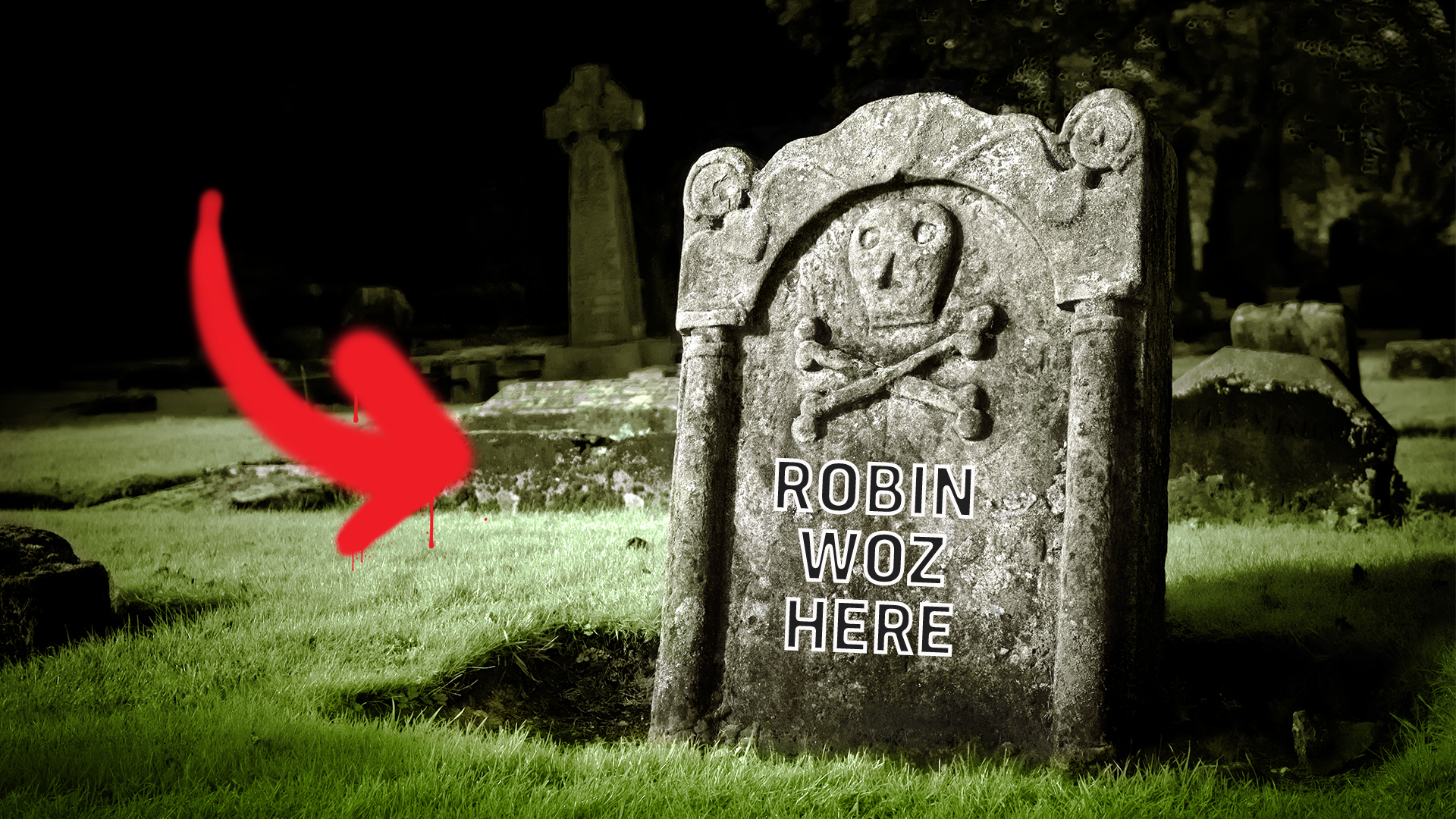
At Kirklees Abbey in Yorkshire there is a grave with a strange inscription. The inscription states that it is the grave of Robin Hood, and that he died on the 24th December 1247. One of the Robin Hood ballads has Robin state that he will fire an arrow, and he will be buried where the arrow falls – so some assumed that this is where he fired his shot. However, the inscription is written in badly misspelled Modern English, not Middle English, which would have been used in 1247. The date is also formatted incorrectly for the time period. Historians generally agree it’s a fake from the late eighteenth century.
15. There is no proof he existed
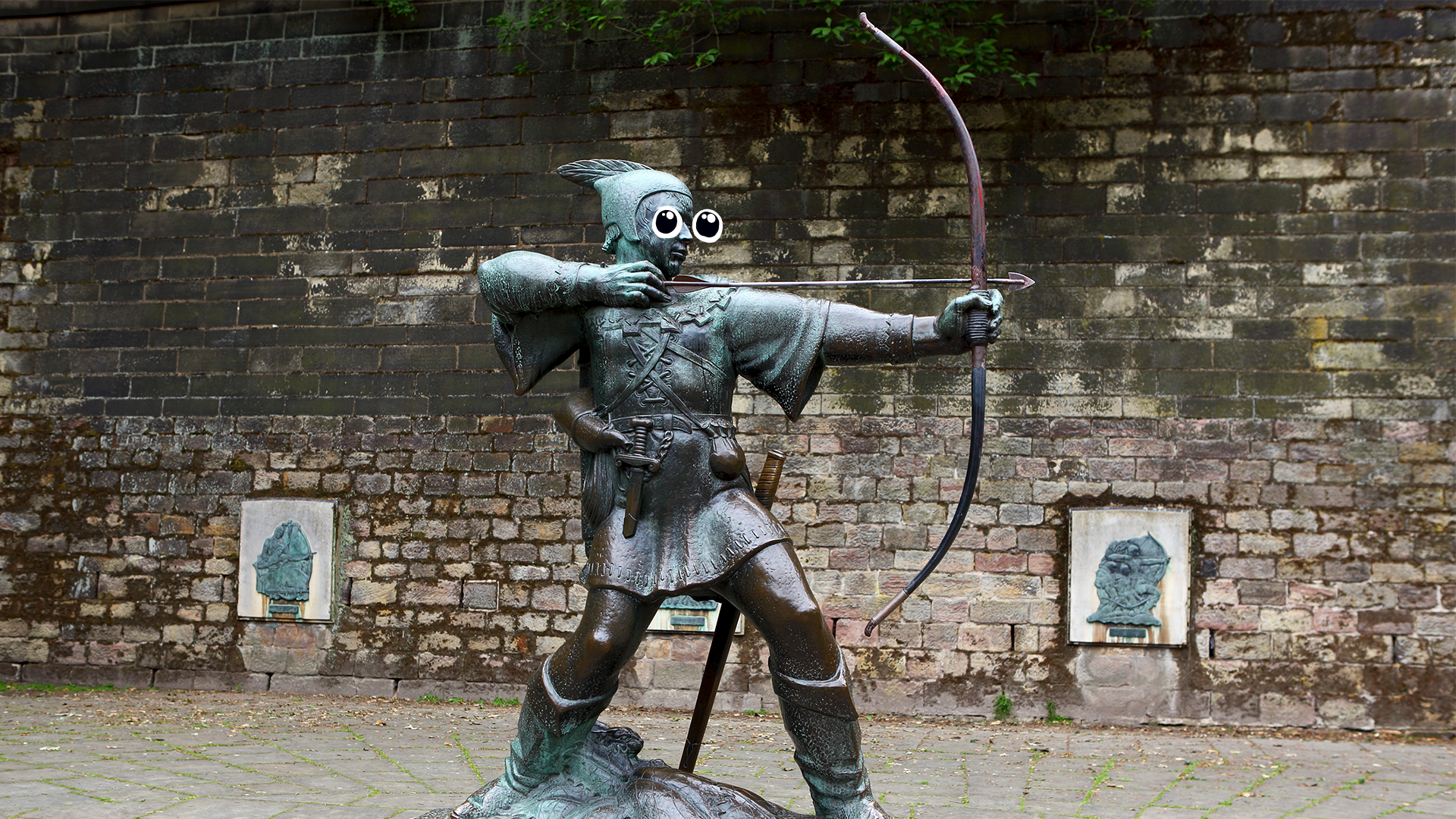
You might have noticed that a lot of the sources of these myths and legends are from songs, poems and stories, and not from history books. It’s a sad fact that there is no solid historical evidence that Robin Hood ever really existed. Instead he’s what is known as a “folk hero” – which is someone whose life and adventures are often made up, exaggerated and/or become tales and legends. This can actually include real people – Guy Fawkes is an example of this, and so are Wild West historical figures like Calamity Jane and the Sundance Kid. But unlike these people there aren’t any records showing that Robin Hood was a real person. Still, who knows? Maybe there really was a man once upon a time who stole from the poor and gave to the rich…















